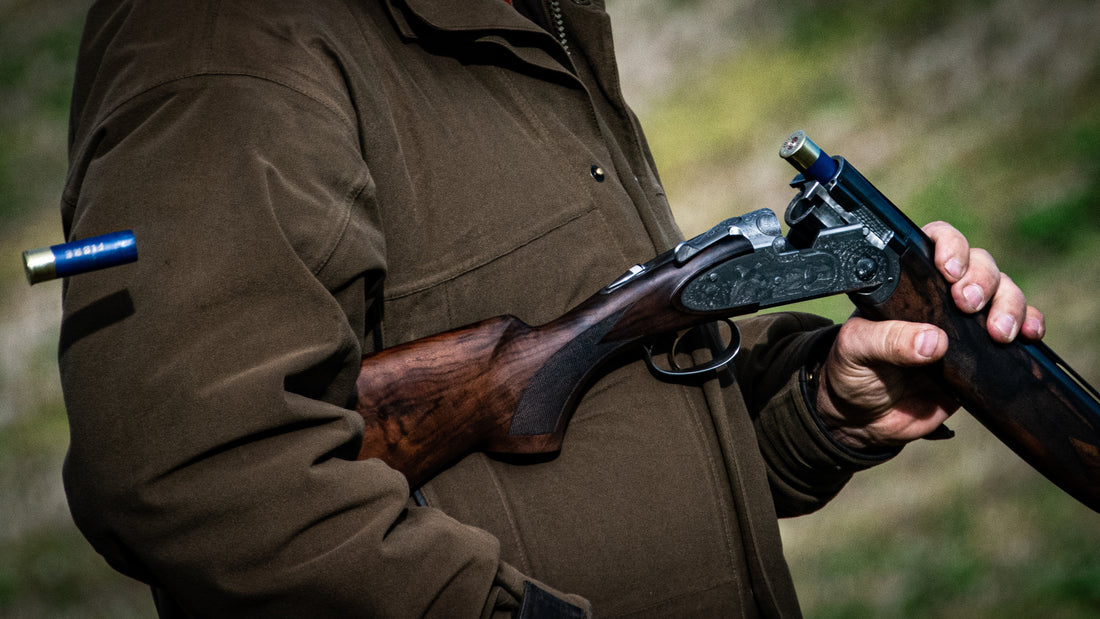Air Rifle Cleaning
Maintaining an air rifle is crucial for optimal performance, and seasoned airgun enthusiasts emphasize its similarity to caring for real firearms. While airguns may appear simple on the outside, they consist of various components that require regular cleaning and upkeep. This blog explores the essential methods for maintaining your air rifle, ensuring it operates at its peak.
Internal Barrel:
Cleaning airgun barrels differs from real firearms, with a focus on addressing oil or metal deposits. Two fundamental rules apply:
Never Oil Your Barrel: Oiling can damage internal mechanisms, causing dieseling over time.
Use Cleaning Pellets Instead: Opt for cleaning pellets after each pellet tin, complemented by a cleaning rod if desired.
External Barrel:
Preserving the exterior of the barrel is straightforward and doesn't require specialized equipment.
Wipe Your Barrel When Wet: Swiftly wipe the barrel after exposure to water to prevent rapid corrosion.
Apply Protective Sprays: Utilize rust protection spray or silicon gun oil for a pristine appearance.
Woodwork:
Distinctive woodwork is a highlight of many airguns, utilizing various woods like beech and hardwood. While varnished during manufacturing, wear and tear over time can affect the woodwork.
Wipe Woodwork When Wet: Similar to the external barrel, wipe the woodwork when exposed to water to prevent long-term rot.
Varnish Your Woodwork: Applying varnish with a stick finish provides a quality sheen finish and protects against mild impacts.
Action:
Often overlooked, maintaining the action, found within the stock, is crucial to prevent rust and seizing.
Use Gun Oil for Prevention: Remove the stock, apply a small amount of gun oil to the action, ensuring it doesn't seize. Avoid motor oil, which is too thick.
Trigger:
Trigger maintenance requires caution and is usually left to professionals due to its critical role.
Degreasing (If Confident): For those comfortable with tinkering, degrease the trigger mechanism using a spray, ensuring proper re-oiling of appropriate areas.
Caution is Essential: If uncertain, avoid attempting trigger maintenance to prevent potential damage.
In conclusion, regular maintenance is essential to keep your air rifle in top condition. While these tasks contribute to upkeep, professional servicing on a routine basis is recommended, ensuring prolonged high performance. The frequency of servicing depends on usage, with a general guideline of every two years for those who shoot weekly.
Shotgun Cleaning
For an effective shotgun cleaning routine, having the right tools is essential. A
comprehensive cleaning kit should include a cleaning rod, two brushes (one for residue removal and another for polishing), gun oil, bore cleaner, patches, a cloth, and a toothbrush. For enhanced results, consider incorporating a high-quality spray gun oil into your cleaning arsenal.
Step-by-Step Cleaning Process
"Step 1: Disassembling Your Shotgun"
Begin by safely disassembling your shotgun. Take care when removing the chokes to avoid overtightening, preventing potential welding issues. Regular cleaning of chokes is essential to maintain their optimal condition.
"Step 2: Cleaning the Barrels"
Utilize the bronze brush to thoroughly clean the barrels, followed by polishing with the mop brush. Pay close attention to any residue or marks. An oily rag can be effective in maintaining a fresh appearance for the barrels.
"Step 3: Choke Maintenance"
Give the chokes a quick spray of gun oil and use a cloth to wipe them down, removing any accumulated residue for optimal performance.
"Step 4: Forend and Action"
Apply a small amount of gun oil to the forend and action, ensuring moderation. Employ a toothbrush to reach into every nook and cranny, and wipe clean with a cloth. A gentle polish will leave your shotgun looking immaculate.
"Step 5: Reassembling Your Shotgun"
Reassemble your shotgun, ensuring that the chokes are securely attached without being overly tight. Regular monthly checks and cleaning of the chokes will prevent welding issues.
By adhering to these straightforward steps, you can keep your shotgun in perfect working order. Regular maintenance not only extends the lifespan of your firearm but also ensures its safety and efficiency.







